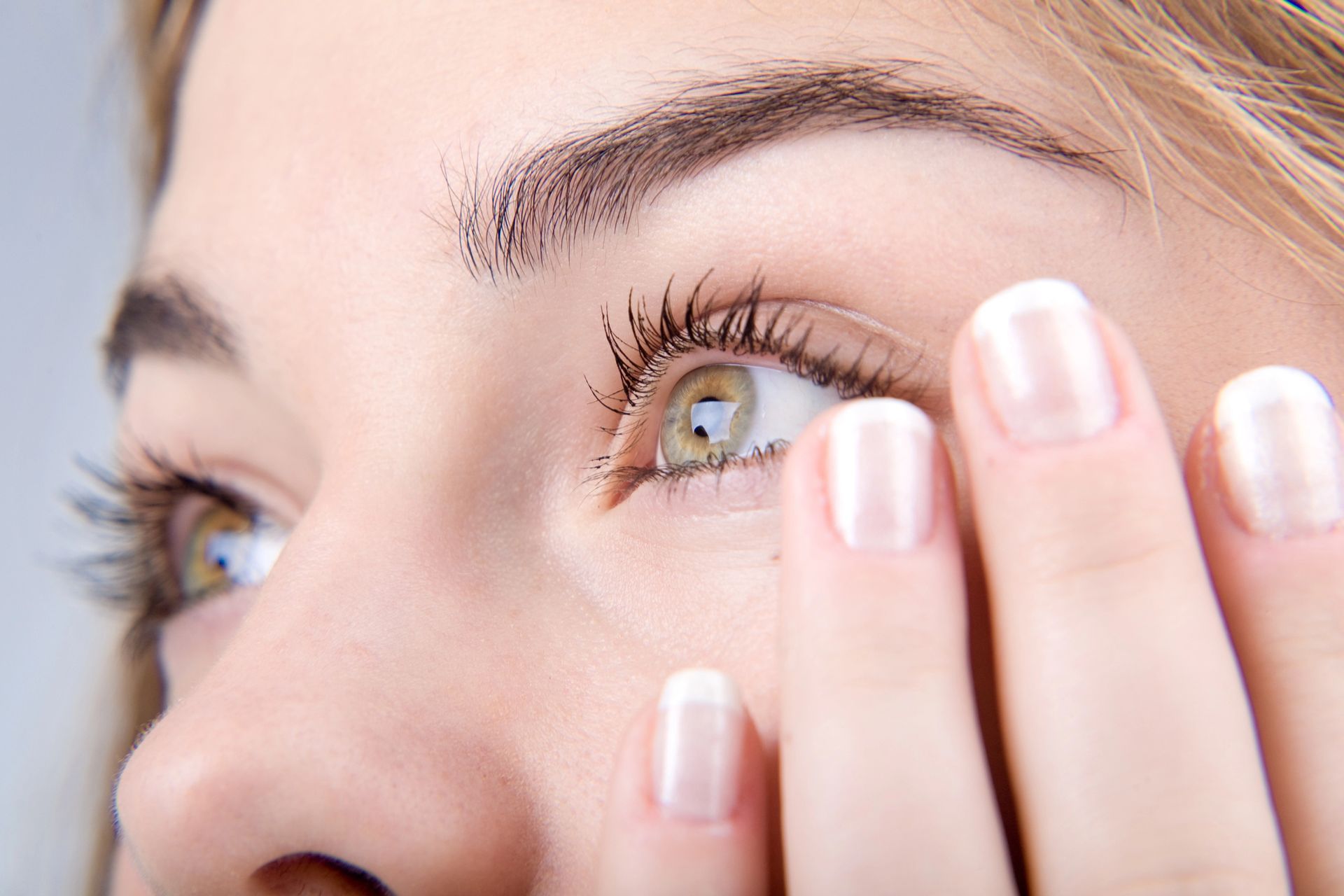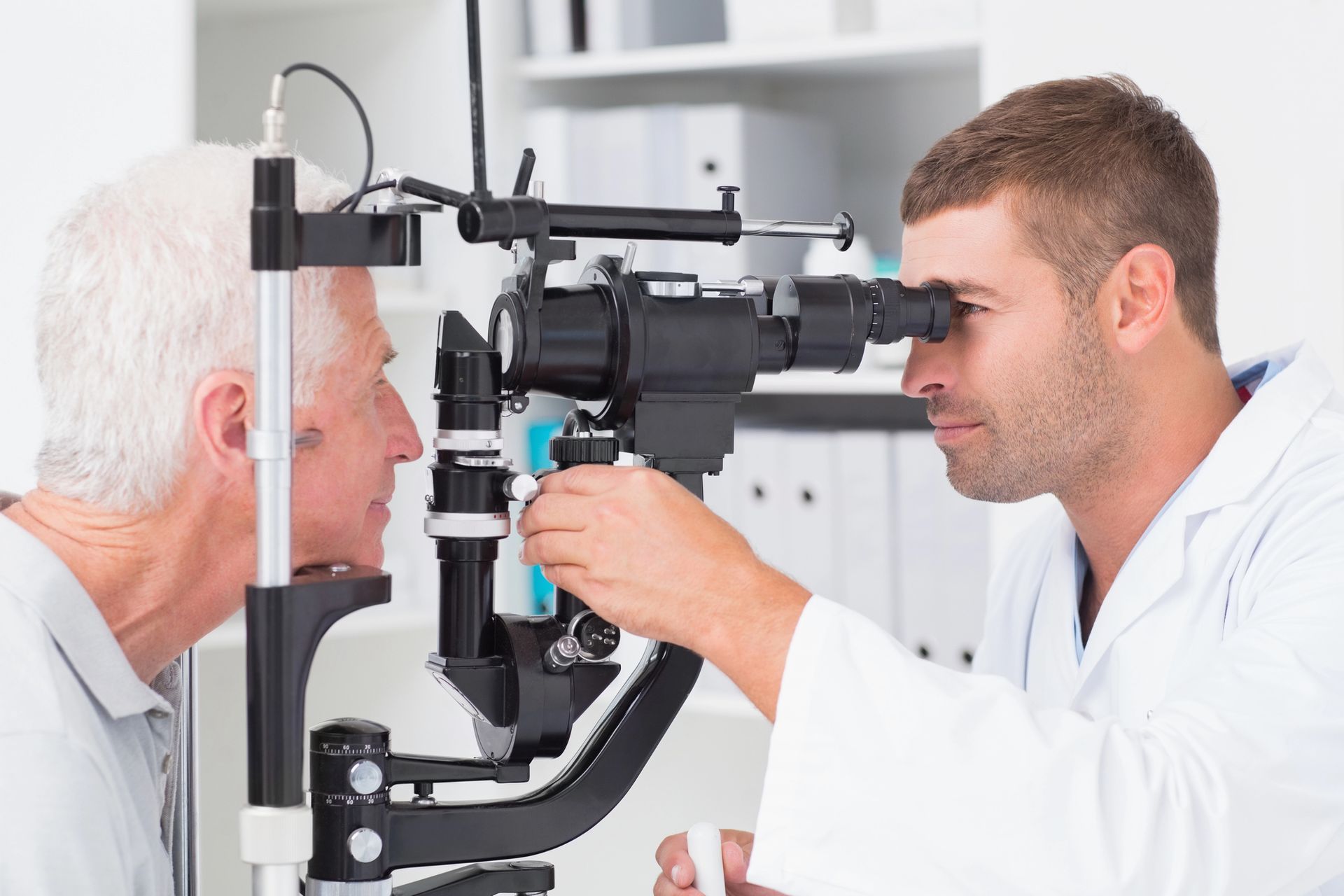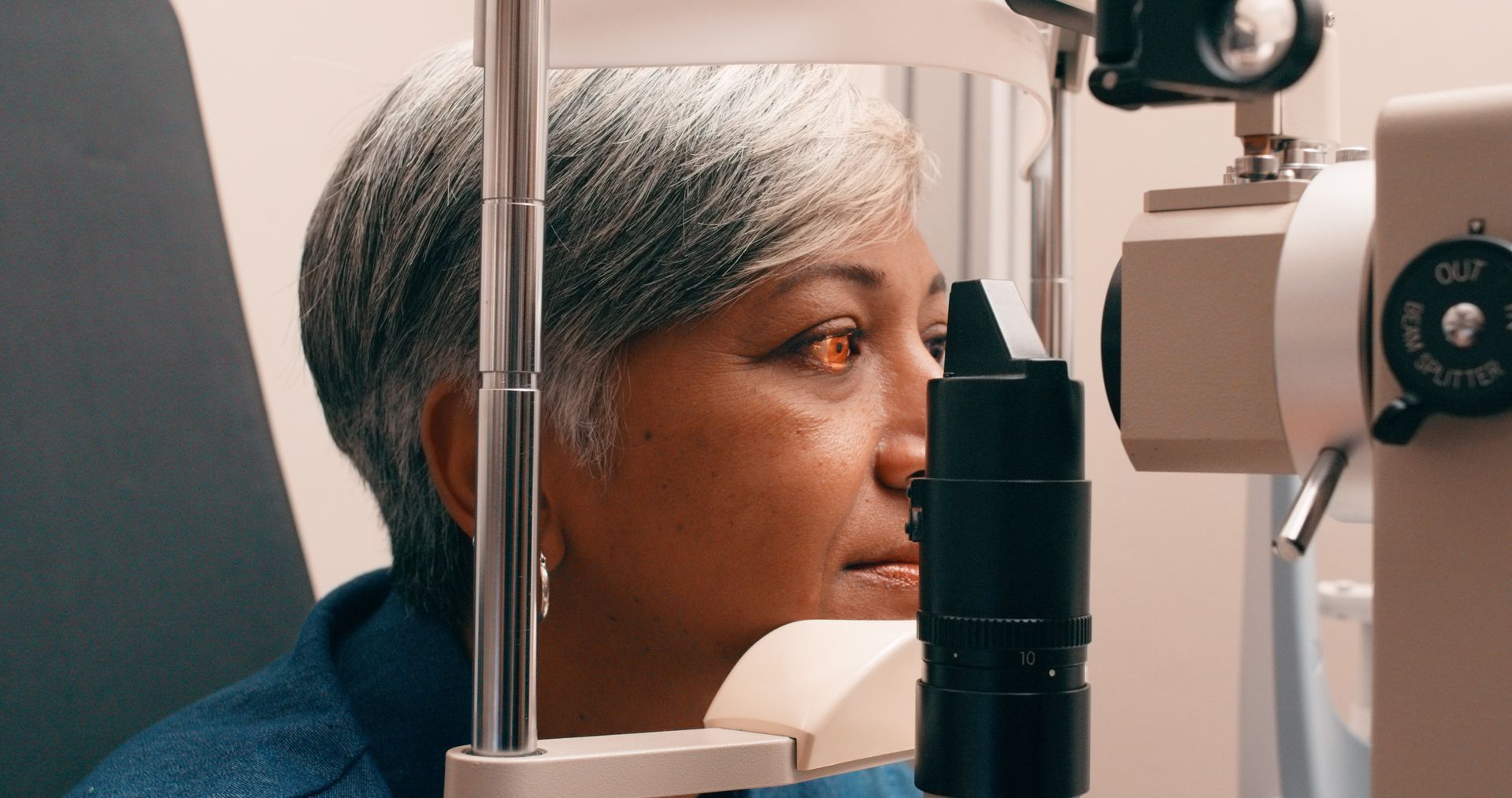How Can I Prevent Cataracts: Top Diet and Lifestyle Tips
How can I prevent cataracts? By adopting a healthier lifestyle and making mindful dietary choices, you can significantly reduce your risk. This article will guide you through essential tips on diet, lifestyle changes, and the importance of regular eye exams to maintain clear vision as you age.
Key Takeaways
- Cataracts primarily affect older adults, with aging and family history being significant risk factors; regular eye exams are essential for early detection.
- Lifestyle choices such as quitting smoking, moderating alcohol intake, and maintaining a healthy diet rich in antioxidants can significantly reduce the risk of developing cataracts.
- If cataracts develop, cataract surgery is a common and successful treatment, but early management strategies and post-surgery care are crucial for optimal vision recovery.
Understanding Cataracts
Cataracts are characterized by a gradual clouding of the eye’s lens, resulting in hazy vision that can significantly impact daily activities and lead to vision loss. The condition occurs when proteins in the eye's lens break down and clump together, leading to a cloudy appearance. This clouded lens obstructs light from passing through the lens, causing blurry vision and increasing difficulties with tasks such as reading or driving. Cataracts are astonishingly common, affecting about 17% of people worldwide and more than 50% of those over 80 years old.
Knowing how cataracts develop and the different types that exist empowers you to take proactive steps in maintaining your eye health.
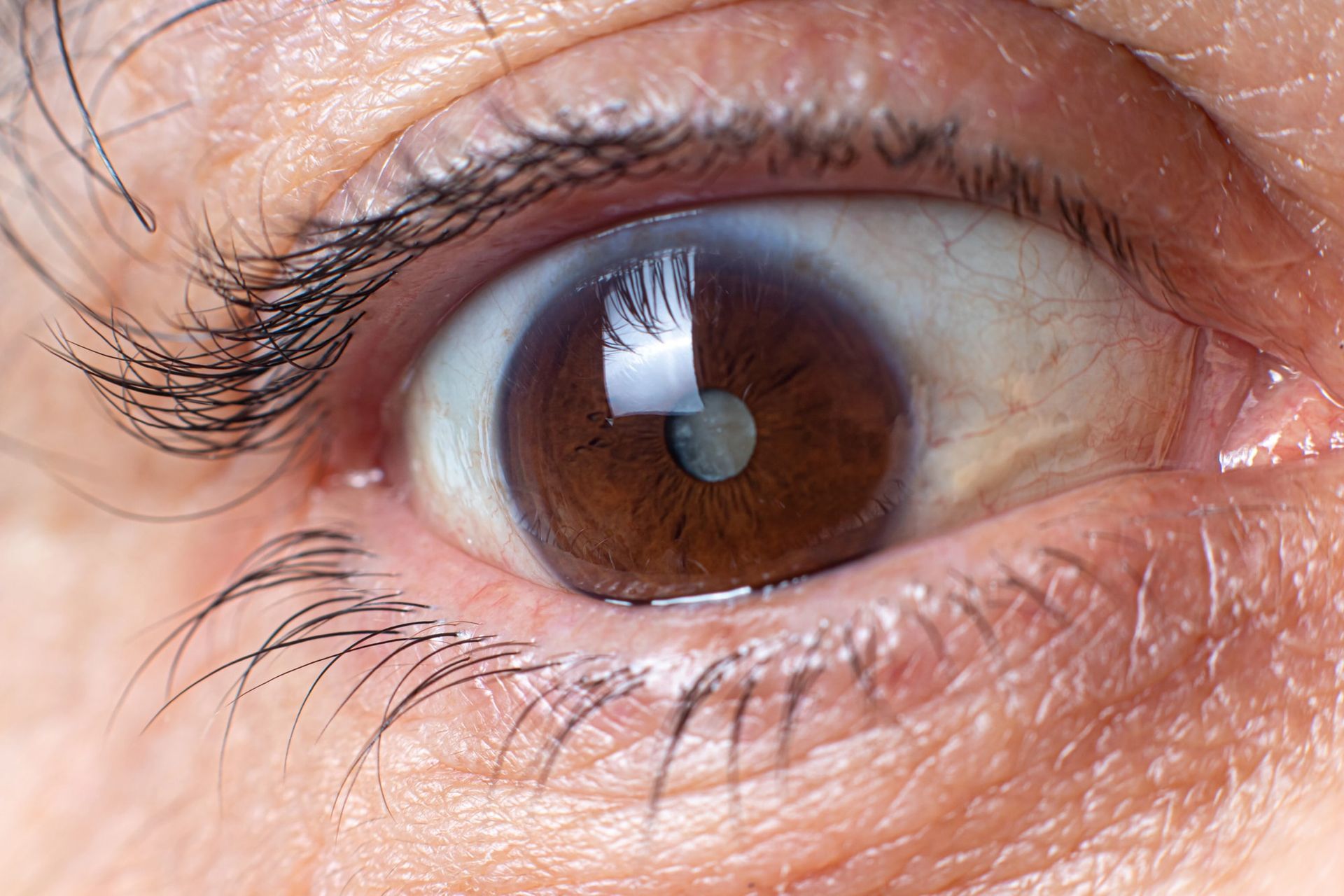
What are cataracts?
Cataracts are cloudy areas that form on the eye’s lens, which is normally clear. They typically begin to develop as a person ages, often starting around age 40, though noticeable symptoms might not appear until much later. While aging is a primary factor, other elements, such as genetic predisposition and certain health conditions, can significantly increase the risk of developing cataracts.
Regular eye exams help detect these changes early, allowing you to take measures to protect your vision.
How do cataracts develop?
The development of cataracts is a gradual process that involves the breakdown of proteins in the lens of the eye. Over time, these proteins clump together, leading to the formation of cloudy areas that impair vision. Ongoing scientific research continues to explore how to develop cataracts and aims to improve prevention and treatment methods.
This process underscores the need for good eye health and preventive strategies.
Types of cataracts
Cataracts come in various forms, each affecting the eye differently. Cortical cataracts begin as white, wedge-shaped streaks on the outer edge of the lens and gradually spread inward. A posterior subcapsular cataract forms at the back of the lens and can quickly impair reading vision and cause glare.
Nuclear cataracts, which affect the center of the lens, often lead to a yellowing effect and initially cause distant objects to appear blurry. Additionally, congenital cataracts can be present at birth or develop during childhood due to genetic factors or certain conditions. Recognizing these types can help in early detection and tailored treatment approaches.

Key Risk Factors for Developing Cataracts
Several factors can increase the risk of developing cataracts. Aging is the most significant risk factor, as changes in the eye’s lens naturally occur over time. However, medical conditions such as diabetes can also contribute to an increased risk of cataracts.
Lifestyle choices, including smoking and excessive alcohol consumption, have been linked to higher cataract risk as well. Recognizing these risk factors helps in implementing preventive measures and maintaining optimal eye health.
Age and family history
Cataracts often start to develop around age 40 and become more noticeable later in life. A family history of cataracts can also elevate an individual’s risk due to genetic predispositions.
Genetic factors combined with aging highlight the importance of regular eye exams and proactive eye care to detect and manage cataracts early.
Medical conditions
Certain medical conditions, particularly diabetes, play a significant role in cataract formation. High blood sugar levels can negatively impact the eye lens, leading to cataracts. Diabetic patients often experience an earlier onset of cataract symptoms due to elevated blood sugar levels. Stable blood sugar levels help reduce the risk of cataracts and other eye-related complications.
Lifestyle choices
Lifestyle choices such as smoking and alcohol consumption significantly impact the risk of developing cataracts. Smoking increases the production of free radicals, which damage the eye’s proteins and lipids, contributing to cataract formation. Excessive alcohol consumption can lead to inflammation and further increase the risk of cataracts by up to 11 percent.
Healthier habits like quitting smoking and moderating alcohol intake can significantly reduce cataract risk.
Diet Tips to Help Prevent Cataracts
A healthy diet is key to preventing cataracts and maintaining overall eye health. Consuming a variety of colorful fruits and vegetables enhances antioxidant intake, which protects the eyes. Dark leafy greens like kale and spinach are particularly beneficial due to their high lutein and zeaxanthin content.
Incorporating foods rich in Vitamin C and omega-3 fatty acids further supports eye health and reduces the risk of cataracts.
Increase intake of antioxidants
Antioxidants protect the eyes from oxidative stress, playing a vital role in preventing cataracts. Consuming 300 mg of Vitamin C daily is associated with a lower risk of cataracts. Vitamin E, found in nuts, protects the fatty acids in the eyes from free radicals.
Lutein and zeaxanthin in leafy greens are also essential for eye health. Lutein and zeaxanthin are also linked to a reduced risk of age-related macular degeneration, highlighting their importance in ocular health. If dietary intake is insufficient, multivitamins and supplements can ensure adequate antioxidant levels.
Embrace leafy vegetables and fruits
Incorporating leafy vegetables and fruits into your diet naturally boosts eye health. Foods high in vitamins C and E, such as nuts and green leafy vegetables, act as powerful antioxidants.
These nutrients also help reduce the risk of serious eye conditions such as retinal detachment, further emphasizing their importance for eye health. Fruits, vegetables, and nuts are excellent sources of lutein and zeaxanthin, which protect the eyes from harmful UV rays and blue light. Healthy fats like olive oil can enhance the absorption of these carotenoids, further supporting eye health.
Limit unhealthy fats and sugars
A healthy diet also involves limiting unhealthy fats and sugars. Trans fats and saturated fats, found in fried foods and processed snacks, are particularly harmful to eye health. Excessive consumption of added sugars is linked to various health issues that negatively impact the eyes.
Opting for healthier fats from sources like avocados and nuts while reducing sugary snacks can improve overall diet quality and support eye health.
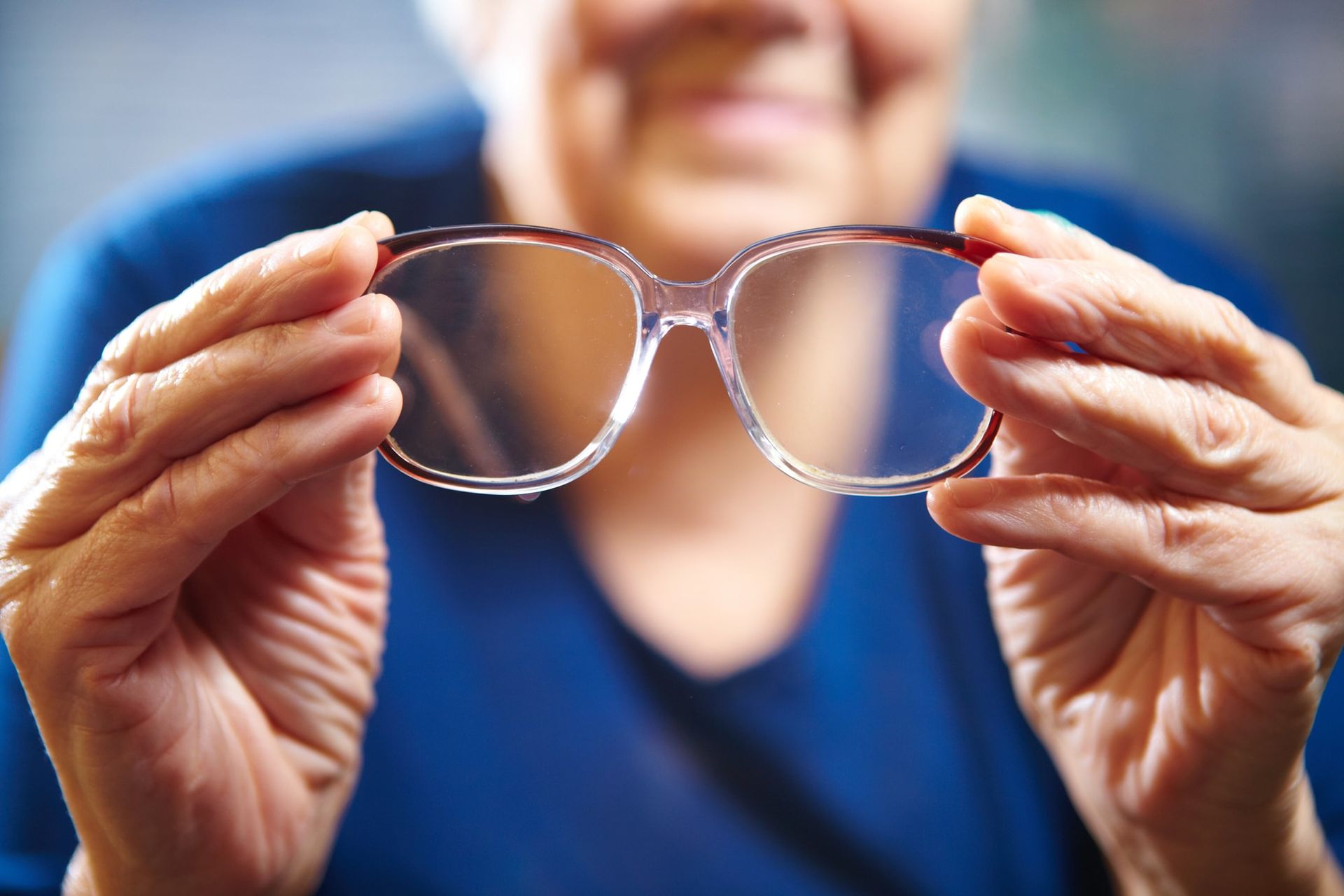
Lifestyle Changes to Lower Cataract Risk
Healthy lifestyle choices can significantly lower the risk of cataracts. Long-term exposure to UV rays, smoking, and excessive alcohol consumption are risk factors that can be mitigated through lifestyle changes. Wearing protective eyewear, quitting smoking, and moderating alcohol intake are practical steps to protect your eyes and reduce the likelihood of developing cataracts.
These changes lead to better eye health and a lower risk of cataract formation.
Quit smoking
Quitting smoking is one of the most impactful lifestyle changes you can make to protect your eyes. Smoking introduces harmful substances that damage the eye’s lens, accelerating cataract formation. Free radicals generated by smoking cause oxidative stress, which further contributes to cataract development.
Quitting smoking preserves antioxidants that protect your eyes from damage and promote overall eye health.
Wear protective eyewear
Wearing protective eyewear like sunglasses to wear sunglasses shields your eyes from harmful UV rays. Long-term exposure to UV radiation is a recognized risk factor for cataract formation. Sunglasses with UV protection maintain eye health by preventing damage to the eye’s lens and reducing cataract risk.
Manage alcohol consumption
Moderating alcohol consumption is crucial in preventing cataracts. Excessive alcohol intake, or too much alcohol, leads to inflammation and free radical production, which can damage the eyes. Limiting alcohol intake to moderate levels decreases inflammation and lowers free radical levels, reducing cataract risk.
Red wine, in particular, when consumed in moderation, may even offer some protective benefits for eye health.
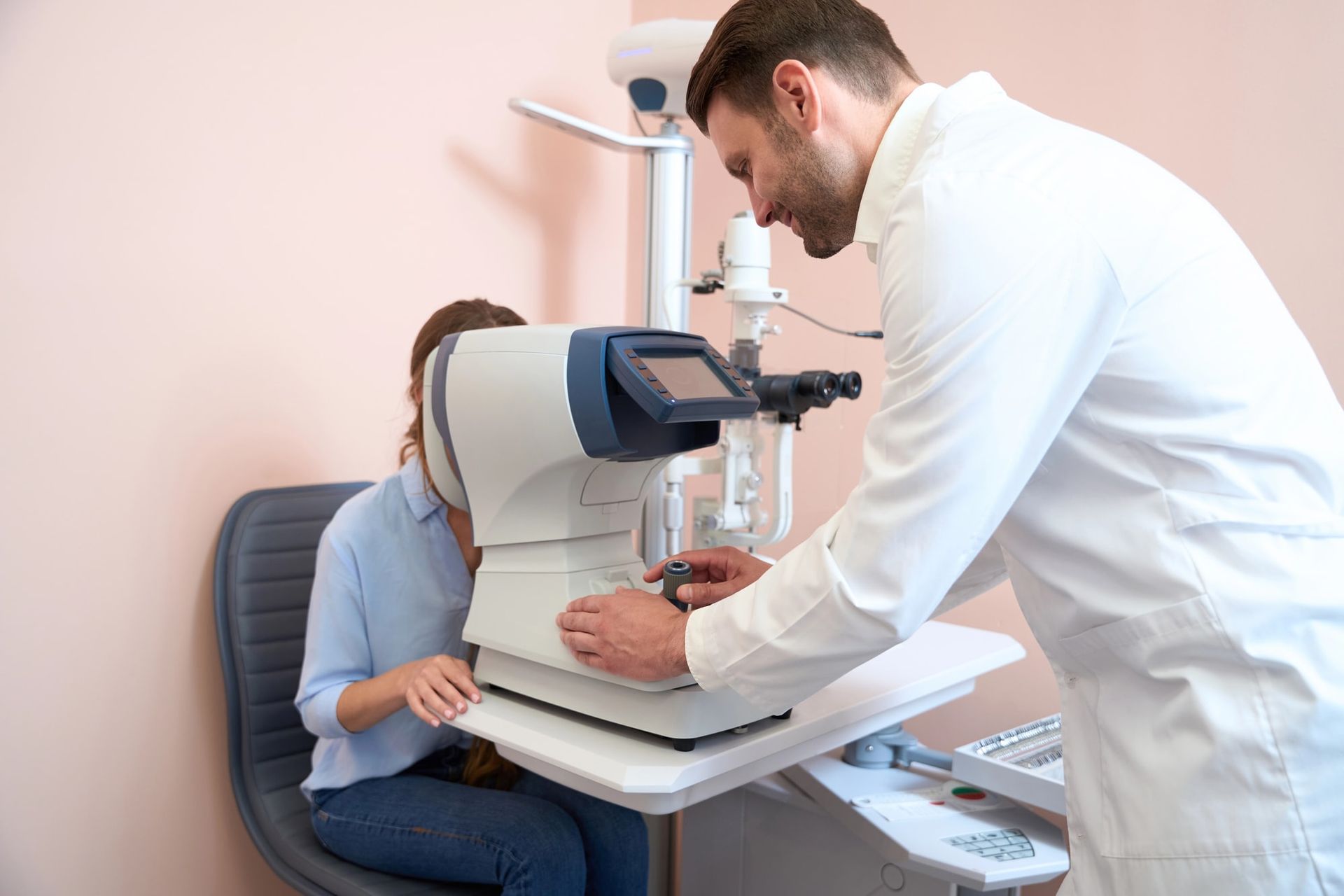
Importance of Regular Eye Exams
Regular eye exams are vital for maintaining eye health and catching potential issues like cataracts early. Routine check-ups can identify eye diseases, allowing for timely treatment and management. Advanced technology like digital eye exams enhances the precision of diagnosing conditions like cataracts, ensuring detailed assessments and effective interventions.
Regular eye exams reveal early indicators of cataracts and other ocular health issues, making them essential for your eye care routine.
Schedule comprehensive eye exams
Comprehensive eye exams are crucial for early detection and prevention of cataracts and other eye problems. These exams include various tests to assess vision and check for conditions like cataracts, ensuring timely interventions.
Different age groups should have regular eye exams at specific intervals to maintain optimal eye health. Digital eye exams offer precise diagnostics, enhancing the ability to detect early cataract signs and other eye issues.
Digital eye exams at Pro Optical
Pro Optical, located at 200 South Main Street, West Lebanon, NH, offers advanced digital eye exams for precise diagnosis and thorough evaluation of eye health. These exams use state-of-the-art technology to ensure accurate assessments, making them a reliable choice for maintaining optimal eye health.
Pro Optical provides comprehensive eye examinations and specialized eye care services, ensuring that you receive the best possible care from an eye doctor for your eyes.
Frequency of exams
Regular eye exams are essential for monitoring eye health and catching potential issues early. Adults aged 40 to 64 should have eye exams every two to four years, while those over 65 should have exams every one to two years.
Comprehensive eye exams evaluate various aspects of eye health, including visual acuity and potential diseases, ensuring prompt detection and management of any issues.
Advanced Prevention Strategies
Advanced prevention techniques can significantly lower the chances of cataracts developing. Controlling certain health conditions and staying informed about ongoing research can enhance your efforts to prevent cataracts.
Strategies such as controlling blood sugar levels and avoiding prolonged use of certain medications play a critical role in maintaining eye health.
Control blood sugar levels
Maintaining healthy blood sugar levels is crucial in preventing cataract-related complications. Conditions like diabetes and high blood sugar levels can contribute to cataract formation by increasing oxidative stress on the eye’s lens. Keeping your blood sugar levels stable helps reduce this oxidative stress, thus lowering the risk of developing cataracts and other related eye issues.
Regular check-ups with your healthcare provider to monitor and manage blood sugar levels are essential for protecting your vision.
Avoid prolonged corticosteroid use
Long-term use of corticosteroids is associated with an increased risk of cataracts, particularly posterior subcapsular cataracts. If you require corticosteroid treatment, it is important to do so under strict medical guidance to minimize potential risks.
Consulting with your healthcare provider about alternative treatments or strategies to reduce the duration and dosage of corticosteroid use can protect your eye health.
Stay informed about new research
Staying updated on recent studies provides valuable insights into innovative cataract prevention strategies and treatment options. Scientific research continuously evolves, offering new findings that improve our understanding of cataract development and prevention. Staying informed allows you to adopt the latest, evidence-based practices to protect your vision and overall eye health.
Treatment Options if Cataracts Develop
If cataracts develop, effective treatment options are available to restore vision. Cataract surgery is the most common and successful method, involving the removal of the cloudy lens and its replacement with an artificial intraocular lens (IOL).
Post-surgery care is crucial for successful healing and protection of the eyes. Understanding these treatment options helps you make informed decisions if you or a loved one develops cataracts.
Early management strategies
In the early stages of cataract development, adjusting eyewear prescriptions can significantly improve vision. Using brighter lighting in your home or workplace also helps manage symptoms. These simple adjustments can delay the need for surgery and maintain your quality of life.
Cataract surgery
Cataract surgery is a highly successful procedure that involves removing the clouded lens and replacing it with an artificial intraocular lens (IOL). This surgery has a high success rate, with approximately 90% of patients experiencing improved vision post-operation.
The use of IOLs during surgery can also correct other vision issues, providing clear vision and enhancing overall eye health.
Post-surgery care
Following cataract surgery, post-operative care is essential for a successful recovery. Patients should attend follow-up appointments to monitor healing and use prescribed eye drops to prevent infection and inflammation.
Wearing a protective shield or glasses can help shield the eyes from bright light and potential injury during healing. Adhering to these care instructions is crucial for optimal recovery and long-term eye health.
Summary
Preventing cataracts involves a combination of dietary and lifestyle changes, regular eye exams, and staying informed about new research. By increasing your intake of antioxidants, embracing leafy vegetables and fruits, and limiting unhealthy fats and sugars, you can significantly reduce your risk of developing cataracts. Lifestyle changes such as quitting smoking, wearing protective eyewear, and moderating alcohol consumption further enhance your eye health.
Regular eye exams are indispensable for early detection and management of cataracts, ensuring timely interventions and maintaining optimal vision. Advanced prevention strategies, including controlling blood sugar levels and avoiding prolonged corticosteroid use, provide additional layers of protection. If cataracts do develop, understanding treatment options like cataract surgery and post-surgery care ensures you are prepared to manage the condition effectively.
With these comprehensive strategies, you can take proactive steps to protect your vision and enjoy clear, healthy eyesight for years to come. Remember, your eyes are your windows to the world—take care of them diligently.
Frequently Asked Questions
What are the main risk factors for developing cataracts?
The primary risk factors for developing cataracts are aging, family history, diabetes, smoking, and excessive alcohol consumption. Addressing these factors may help reduce your risk of cataract formation.
How can diet help prevent cataracts?
A diet abundant in antioxidants, particularly vitamins C and E, along with lutein and zeaxanthin from fruits and vegetables, is effective in preventing cataracts by safeguarding the eyes against oxidative stress. Prioritizing these nutrients in your meals can contribute significantly to eye health.
Why are regular eye exams important for cataract prevention?
Regular eye exams are important for cataract prevention because they enable early detection of cataracts and other eye conditions, facilitating timely treatment and management. This proactive approach can help preserve your vision and overall eye health.
What lifestyle changes can reduce the risk of cataracts?
Adopting a lifestyle that includes quitting smoking, using protective eyewear against UV rays, and moderating alcohol intake can effectively lower the risk of cataracts. These changes contribute to better eye health and overall well-being.
What does cataract surgery involve?
Cataract surgery involves the removal of the clouded lens and its replacement with an artificial intraocular lens (IOL), effectively restoring clear vision in most cases. This procedure is known for its high success rate.

